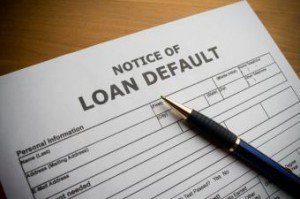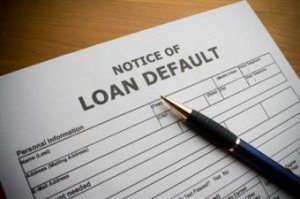 A number of factors drive default rates in mortgage, but a new study by Collateral Analytics [1] has found that price uncertainty and actual and expected home equity are important drivers.
A number of factors drive default rates in mortgage, but a new study by Collateral Analytics [1] has found that price uncertainty and actual and expected home equity are important drivers.
To reach this conclusion, researchers Dr. Michael Sklarz, Dr. Norman Miller, and Anthony Pennington-Cross analyzed the typical pattern of mortgage default in response to negative price trends and high loan-to-value (LTV) mortgages using Chula Vista, California as an example since it was a market with higher than average LTV loans. Then they compared several local markets in San Diego County by ZIP code where average LTVs and the use of mortgages varied systematically to create a map of ZIP codes with default rates.
Explaining their rationale behind the study [2], the researchers said, "When home values decline to the point where borrowers have no equity or negative equity, and they see no immediate reversal in local price trends, they often decide to default. This is sometimes called “rational default” or “strategic default”, and while it may affect credit ratings for some time, U.S. borrowers know they will seldom be chased for mortgage balance deficiencies. This encourages the decision to default when the mortgage balance appears to exceed the value of the home. This creates a situation where mortgage lenders are on the short end of a “heads I win, tails you lose situation”. If prices go up, borrowers’ benefit, but if prices go down too far, the mortgage lender suffers."
Looking at Chula Vista, the researchers found that loans originated in 2000, 2001, 2002, and 2003 were the beneficiaries of strong price increases of 12 percent, 14 percent and 25 percent in average home prices, so when prices reversed in 2006 "there was still sufficient cushion to preserve real home equity" when other factors for default such as income to mortgage payment ratio, credit behavior, job loss, and available liquid assets to make mortgage payments were not taken into consideration.
However, mortgage loans originated in 2004 saw increasing default rates peaking out in 2007 as home prices started to decline. The study found that of the loans originated between 2005 and 2007 at the peak of home prices during that cycle, half or more defaulted in the subsequent years. "The high LTV loans declined as subprime loans disappeared, however, the FHA and loan modifications allowed many homeowners to continue with high LTVs through 2012," the study revealed.
Expanding this example to other markets, the researchers observed that markets with higher LTV mortgages and similar price trends as Chula Vista defaulted at much higher rates, making it clear that "home price trends dominate the decision of home borrowers to default."
